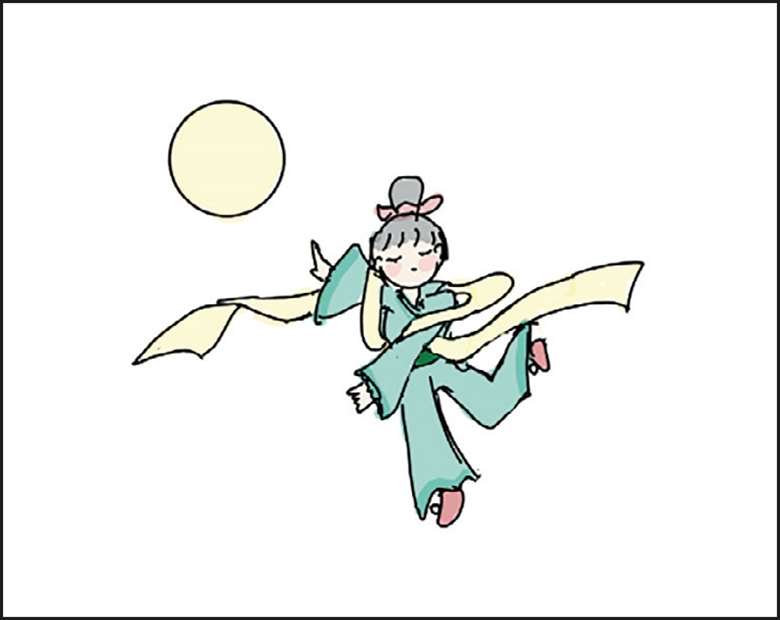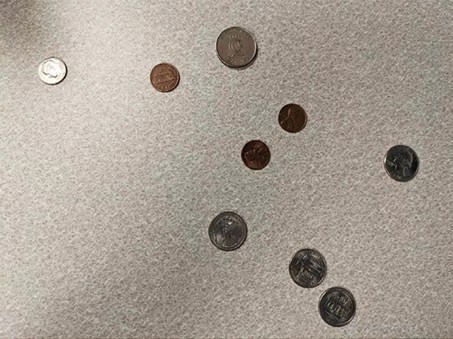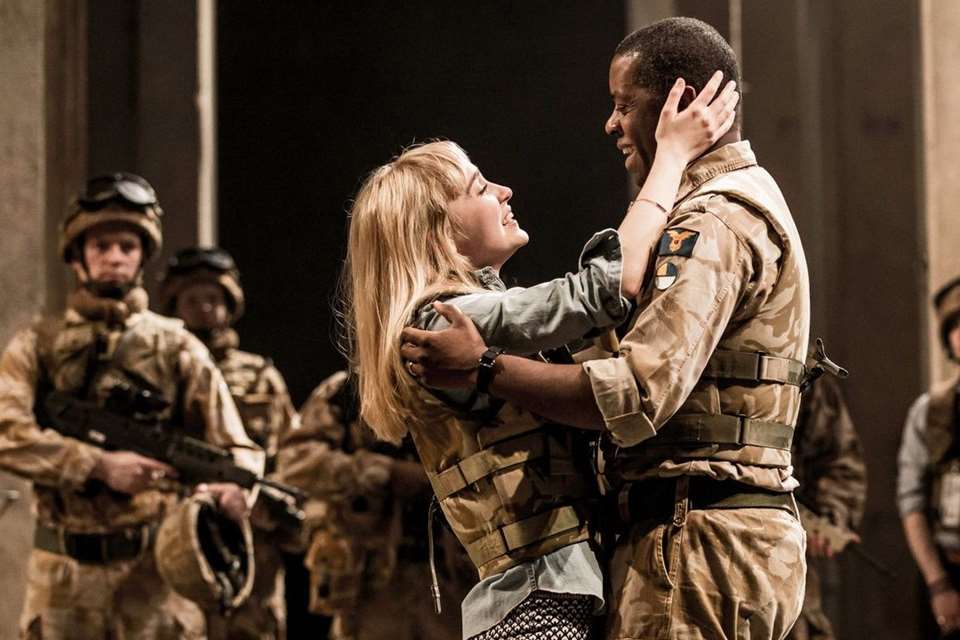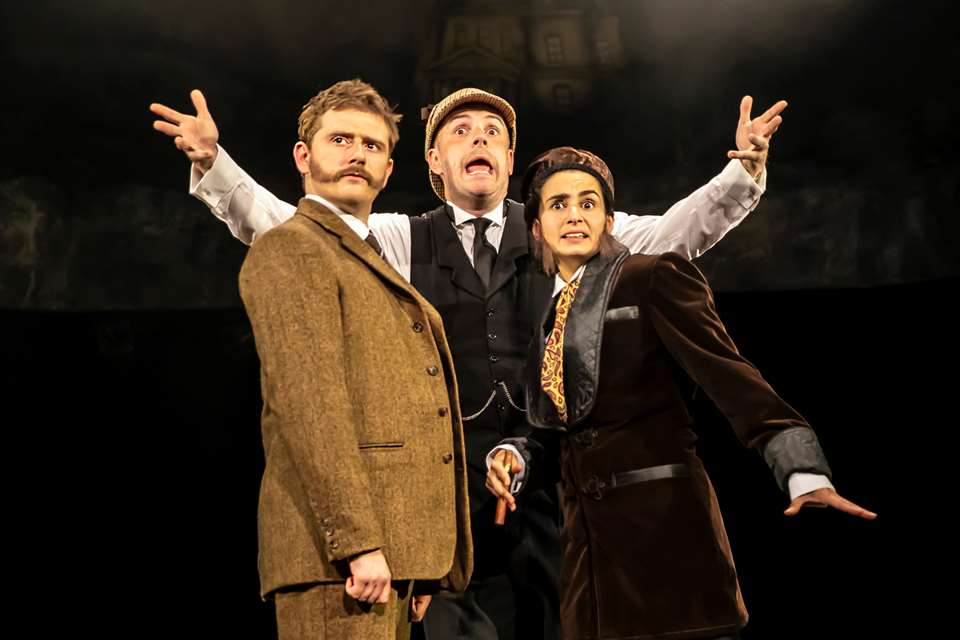Teaching performance in digital and hybrid spaces: Only connect
Jeanmarie Higgins, Michael Schweikardt
Wednesday, March 1, 2023
The shift to online teaching in 2020 caused us all to switch up our methods, but perhaps we shouldn't be so quick to dismiss the digital mode now we are back in the classroom. Jeanmarie Higgins and Michael Schweikardt share their strategies for teaching performance in hybrid spaces.

All images: Jeanmarie Higgins
As all theatre instructors learned in 2020, not every mode of teaching is appropriate for every teaching situation. Theatre and drama instructors found themselves with a unique teaching problem during the pandemic: how can online teaching modes work for a live practice like theatre? Firstly, compassion for students’ learning situations is key to the teacher's success, regardless of the mode of teaching. Secondly, when the mode is digital, materiality is a key learning component. In other words, just because you're teaching online does not mean you cannot ask students to do things, make things, and collaborate with theatremaking materials.
Wireless connections
In what seemed like an impossible shift from in-person delivery to asynchronous web delivery, Penn State University's Performance & Society course thrived, becoming a popular course taken by hundreds of general education students. Scalable from 25-750 students, Theatre 101N is assessed without quizzes or exams regardless of enrollment. Instead, students are asked to complete a set of creative projects and discussions, all of which are submitted online through the learning management system. Some of the assignments are art projects. Other assignments are performance-based, such as a dance, a monologue, while others ask students to find performance in unexpected places – family photographs or a random throw of a handful of coins. Students also write performance reviews and short plays. If the student completes all the assignments, they receive an A for the course. So, although the stress of moving to online delivery in March 2020 was significant, Theatre 101N did not suffer as much as other courses in general education, specifically because it asked students to create things despite our inability to be together in a studio.
Although it might strain the imagination, the work required to maintain the course was no more than other large general education courses that use attendance and exams as primary methods of assessment. Although we did not know it at the time, we had created a class that privileged joy over rigour, and in such a way that we were not overly taxed as instructors.
This course pushed against the assumption that hybrid teaching/learning situations tend entirely towards the digital. To keep hybrid teaching/learning in balance, the class carved out an analogue space for encounters with objects, so there were material things running alongside the digital.
A material world
There are other courses that rely heavily on hands-on art making and in-person collaboration. THEA150 Fundamentals of Design is one such course. In 2020, this course was to be delivered in a hybrid mode, but for reasons of practicality and equity, the hybrid classroom was pulled irrevocably into the digital realm. In an effort to reclaim material aspects of the curriculum, a semester-long sketchbook assignment was instated, whereby students created five drawings per week based on open-ended prompts.
 The prompt for one student's ‘Dancing at moonlight’ sketch
The prompt for one student's ‘Dancing at moonlight’ sketch
Taking advantage of available digital technology, students were asked to photograph their drawings with their mobile phones and upload them to the LMS (Canvas). Although their work was submitted as digital facsimiles in digital space, students were still making material drawings. As students were trying to make sense of themselves and their world, their sketchbooks emerged as places of performance where they could enact their feelings through the process of drawings. A measured flow of digital submissions encouraged daily drawing practice and made it possible for the instructor to see students’ work develop in real time. While the material practice of drawing served as ballast against students’ ever-increasing digital experience, the drawings they made were submitted and commented on in a digital space. What is left behind is a record of readable signs that recall embodied moments of students’ lives. In the end, the sketchbook assignment achieved a balance between the digital and the material that earned it a ‘hybrid’ status.
Keep it hybrid
Left unchecked, hybrid teaching/learning can slip entirely into the digital realm. But we learned that, in the hybrid classroom, digital spaces create new opportunities for collaboration and equity, and emerge as sites where materiality can flourish. Just as we felt compelled in 2020 to carve out analogue space for materiality to persist in digital space, today we are compelled to maintain digital spaces in the in-person classroom. We will continue to meet and work with students in both places.




